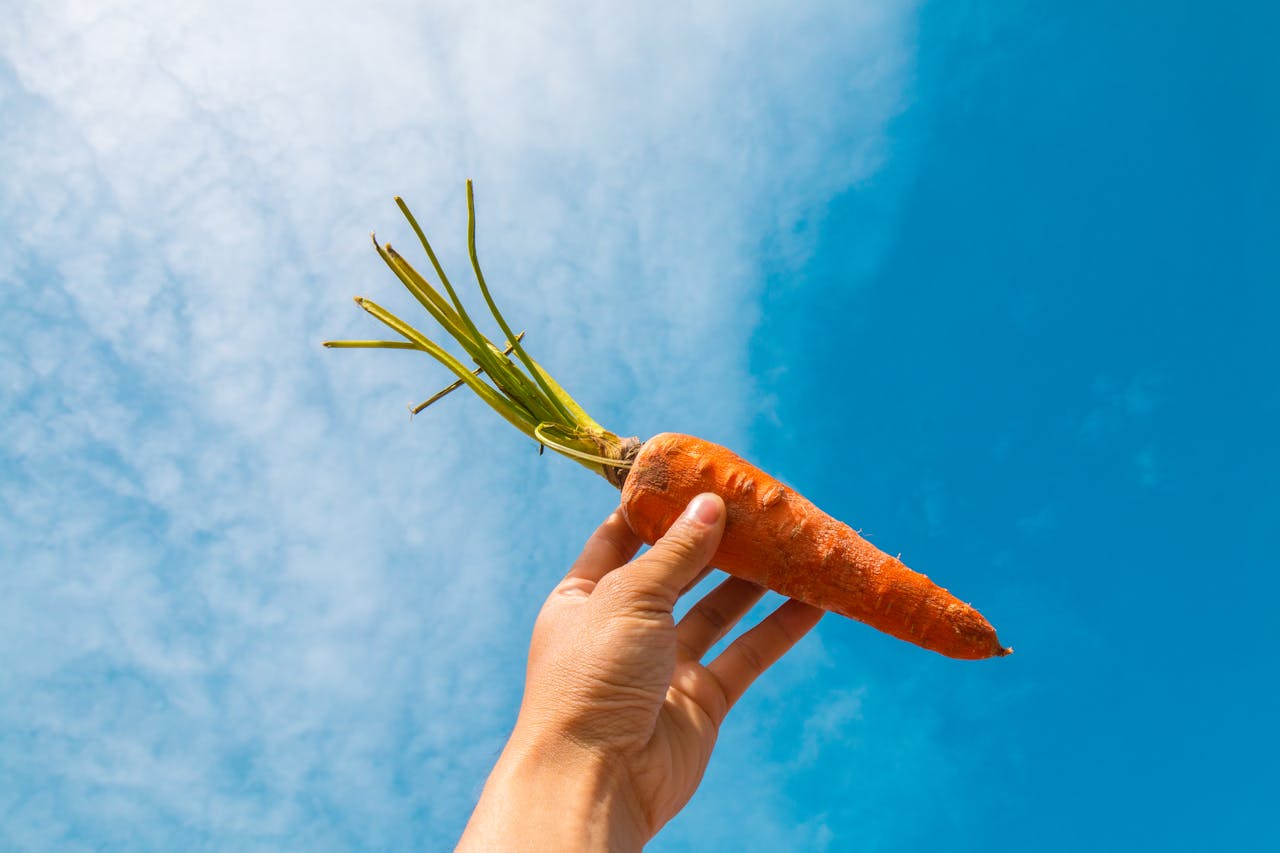Hibiscus flowers are renowned for their large, showy, and vibrant blooms, making them a popular choice for gardens and indoor spaces around the world. Here’s a detailed guide on how to grow, care for, and understand these beautiful flowers.
Types of Hibiscus
Hibiscus plants come in various types, each with its own unique characteristics:
- Tropical Hibiscus (Hibiscus rosa-sinensis): Native to tropical regions, these plants produce large and showy blooms from spring through fall. They thrive in USDA Hardiness Zones 7-11 and require plenty of sunlight. In colder climates, they should be planted in containers and overwintered indoors[1][4].
- Hardy Hibiscus (Hibiscus moscheutos): These are more suited for cooler climates, native to North America, and can thrive in USDA Hardiness Zones 4-9. They feature oversized flowers with tissue-thin, ruffled petals in shades of pink, lilac, red, magenta, and white[1][4].
- Swamp Hibiscus: Another type of hardy hibiscus, often found in wetland areas, making them ideal for sites that are too wet for other plants[1].
Growing and Care Requirements
To ensure your hibiscus plants flourish, follow these care guidelines:
- Soil: Hibiscus plants prefer well-drained, fertile, and moist soil. The soil should be either acidic or neutral in pH[1][4].
- Sun Exposure: These plants thrive in full to partial sun. Tropical hibiscus requires plenty of sunlight, while hardy hibiscus can tolerate partial shade[1][4].
- Watering: Keep the soil consistently moist but not waterlogged. Overwatering can lead to root rot and other issues[1].
- Fertilization: Regular fertilization is crucial for blooming. Use a diluted liquid fertilizer weekly to encourage plentiful flowers[1].
- Temperature: Tropical hibiscus needs a minimum temperature of 7-10°C (45-50°F) to thrive, while hardy hibiscus can tolerate colder temperatures[4].
Flower Characteristics
Hibiscus flowers are one of the most striking features of the plant:
- Appearance: The flowers are trumpet-shaped, ranging in size from 2 to 12 inches in diameter. They come in a wide array of colors including white, red, pink, yellow, orange, purple, and more[1][2][5].
- Duration: Individual flowers typically last only one day before they close and fall off the plant. However, the overall bloom period can be quite long, with hardy hibiscus blooming from mid- to late summer and tropical hibiscus blooming from spring through late fall[1][3].
- Scent: Hibiscus flowers are generally scentless[1].
Floral Structure
Understanding the structure of hibiscus flowers can provide insight into their unique characteristics:
- Petals and Sepals: Hibiscus flowers have five or more petals and are often accompanied by an epicalyx (a set of bracts that resemble sepals). The petals are vibrant and attract pollinators[2][5].
- Stamens and Pistil: The stamens are fused to form a tube, and the pollen grains are spiny. The pistil includes the style, stigma, and ovary, which contains the ovules. The male structures (stamens) are borne on the female structure (pistil), a characteristic common in the Malvaceae family[2].
Uses and Benefits
Hibiscus flowers have several practical uses:
- Medicinal Properties: Extracts from hibiscus flowers have shown antibacterial properties and can be used against human pathogens. They also have potential benefits in managing conditions like diabetes[3].
- Culinary Uses: Hibiscus flowers are acidic in taste due to their natural acids and are rich in iron, phosphorus, calcium, and vitamin B complex. They can be used in teas, salads, and other culinary preparations[2].
How to Encourage Blooming
To ensure your hibiscus plant blooms abundantly:
- Light: Provide sufficient sunlight. Shady conditions can hinder blooming[1].
- Fertilization: Regular feeding with a diluted liquid fertilizer can prompt the plant to produce more flowers[1].
- Pruning: Prune the plant regularly to maintain its shape and encourage new growth and blooming[4].
Most Important Facts About Hibiscus Flowers
- Types: Hibiscus comes in various types, including tropical, hardy, and swamp hibiscus, each with different hardiness zones and care requirements[1][4].
- Soil and Sun: Prefer well-drained, fertile soil and full to partial sun exposure[1][4].
- Flower Duration: Individual flowers last only one day, but the overall bloom period can be long[1][3].
- Flower Characteristics: Trumpet-shaped, 2-12 inches in diameter, and come in a wide range of colors. They are generally scentless[1][2][5].
- Care: Regular fertilization, adequate watering, and pruning are essential for healthy growth and blooming[1][4].
- Uses: Hibiscus flowers have medicinal, culinary, and ornamental uses[2][3].
By following these guidelines and understanding the unique characteristics of hibiscus flowers, you can enjoy these beautiful and versatile plants in your garden or indoor space.


